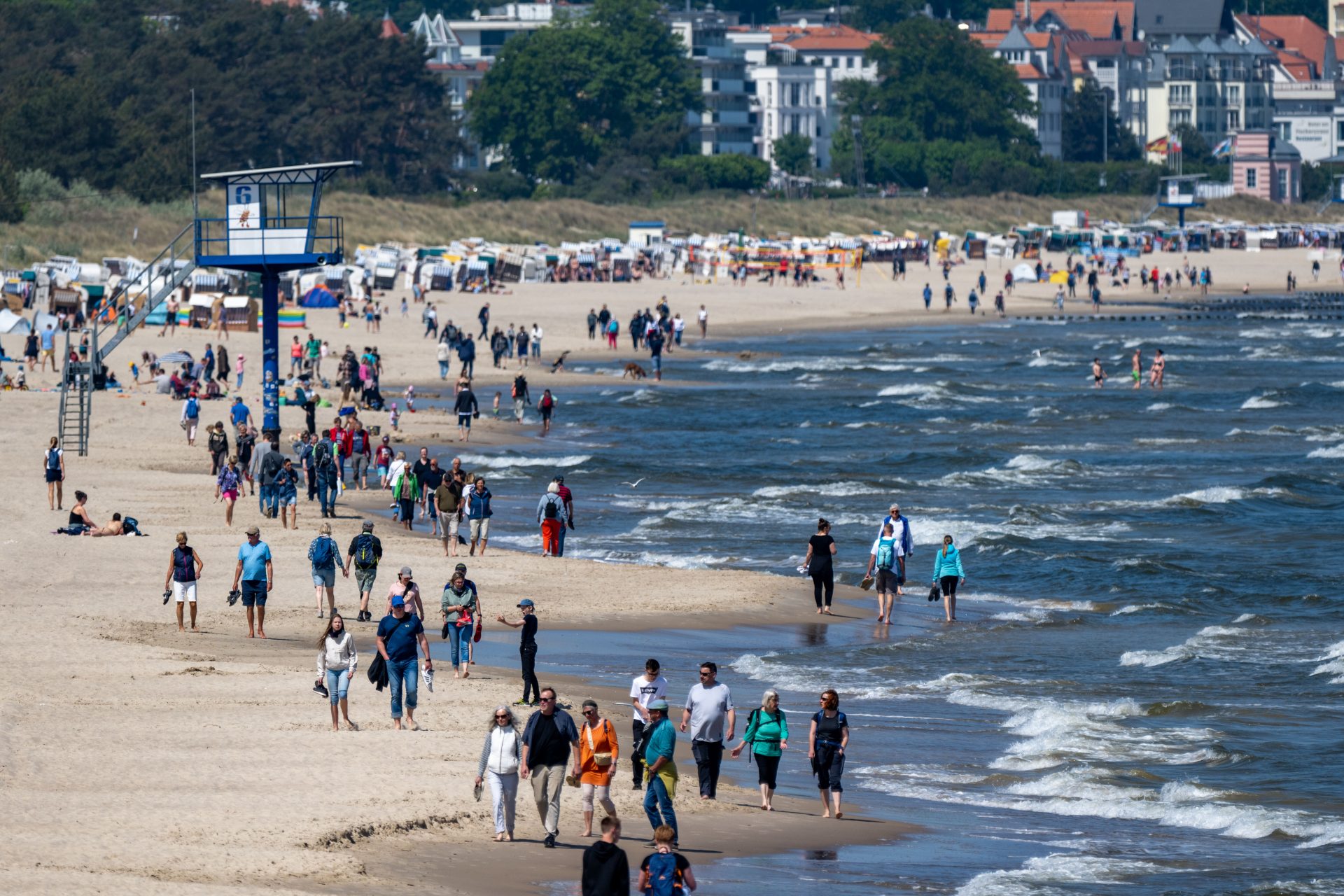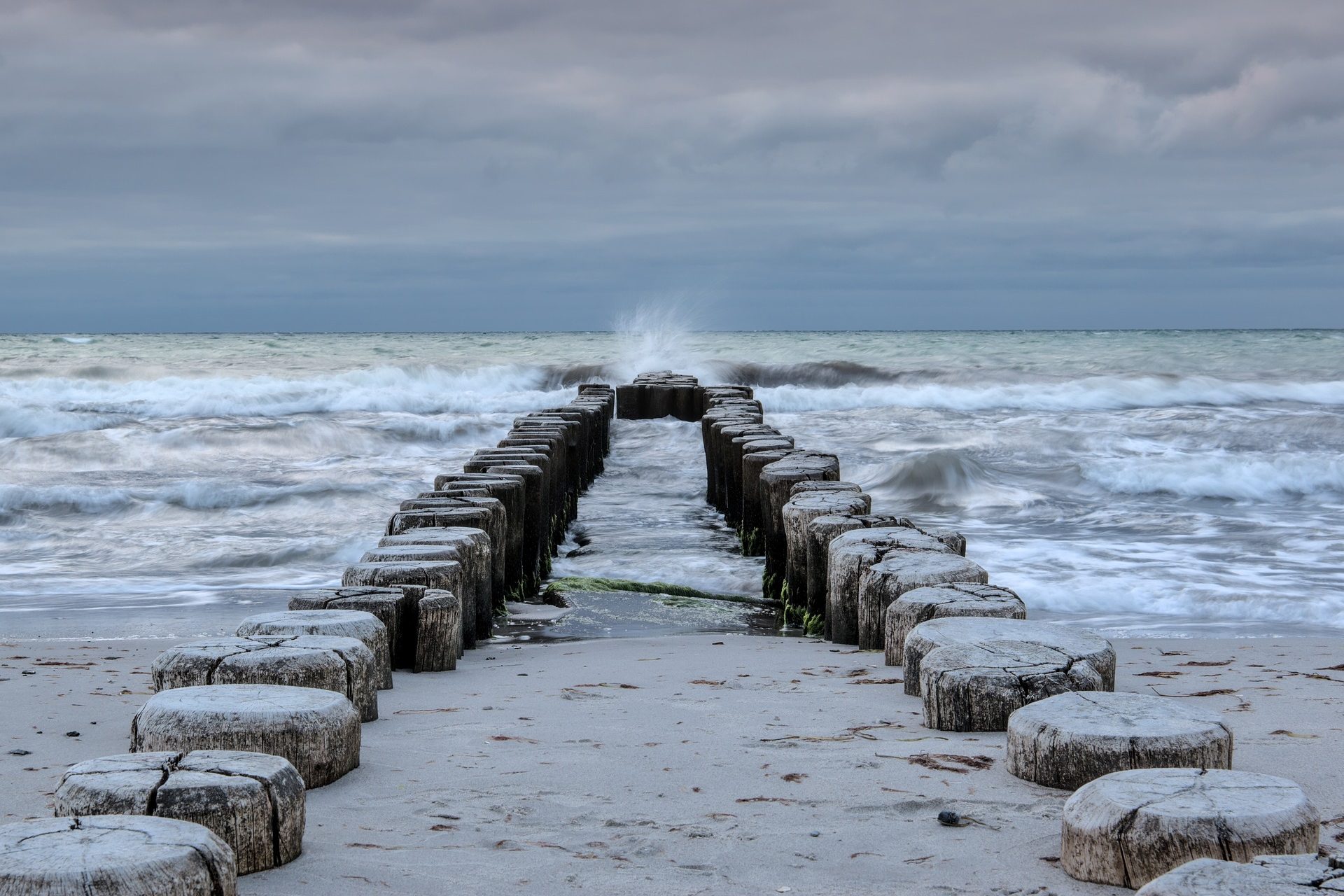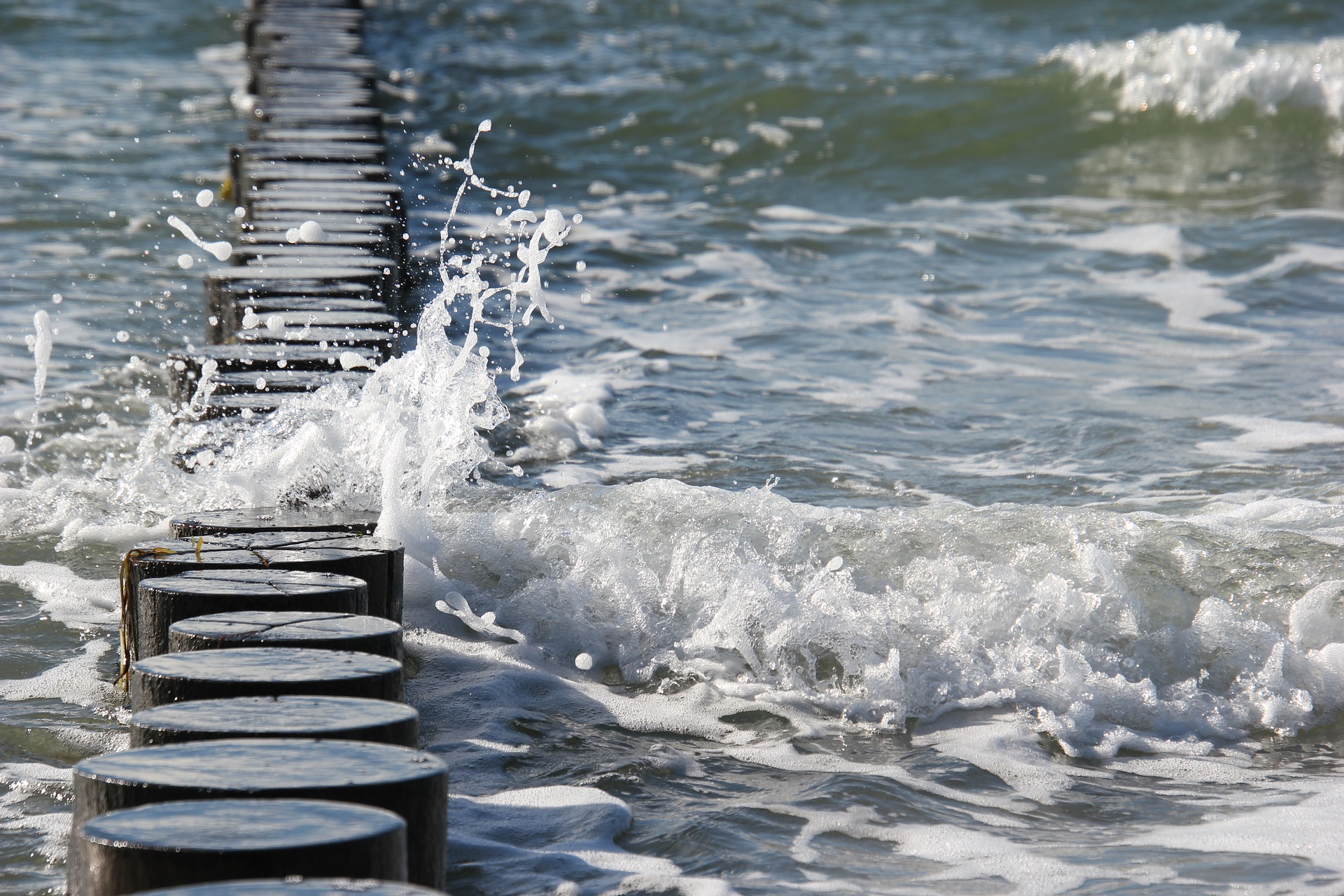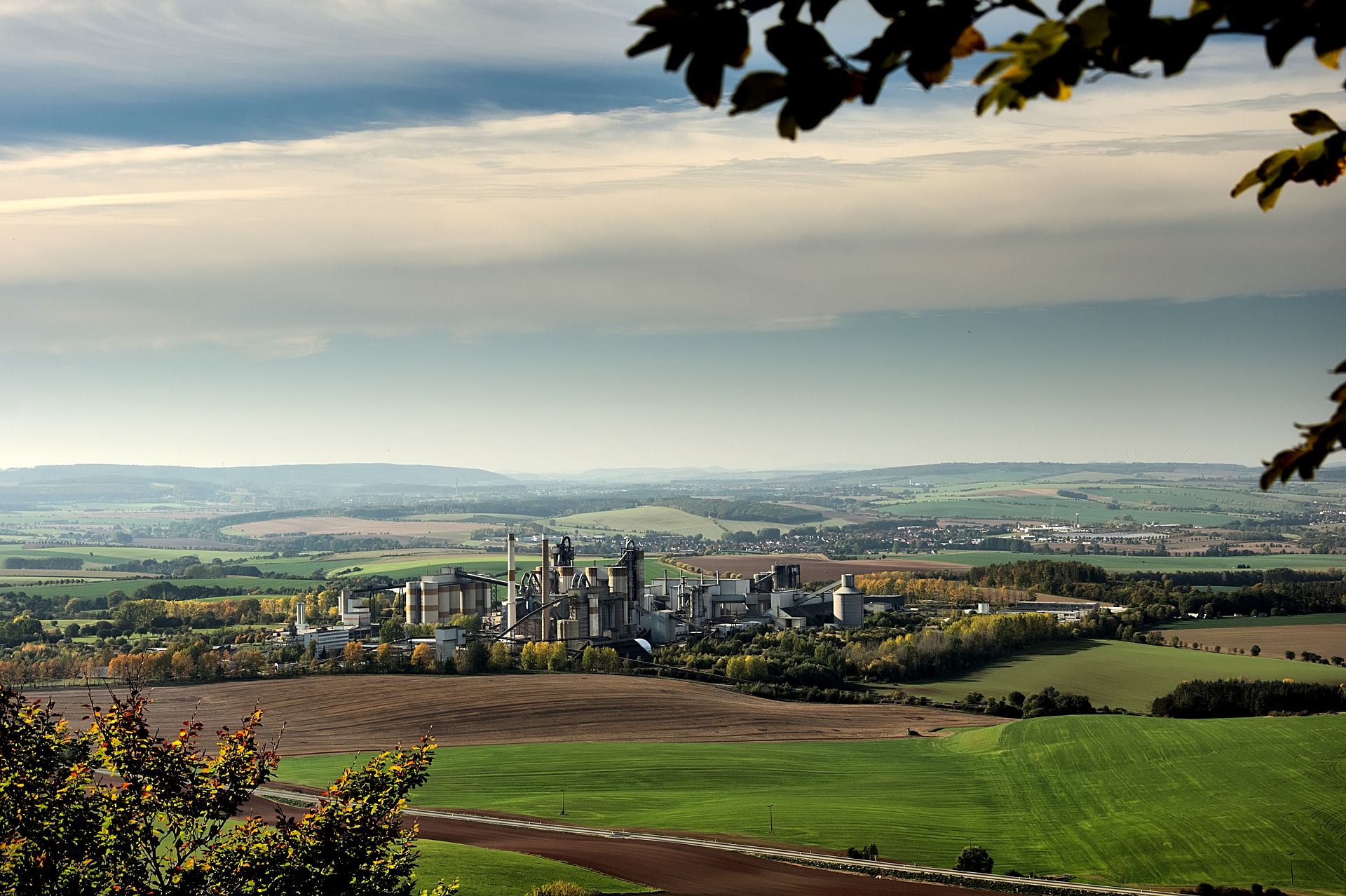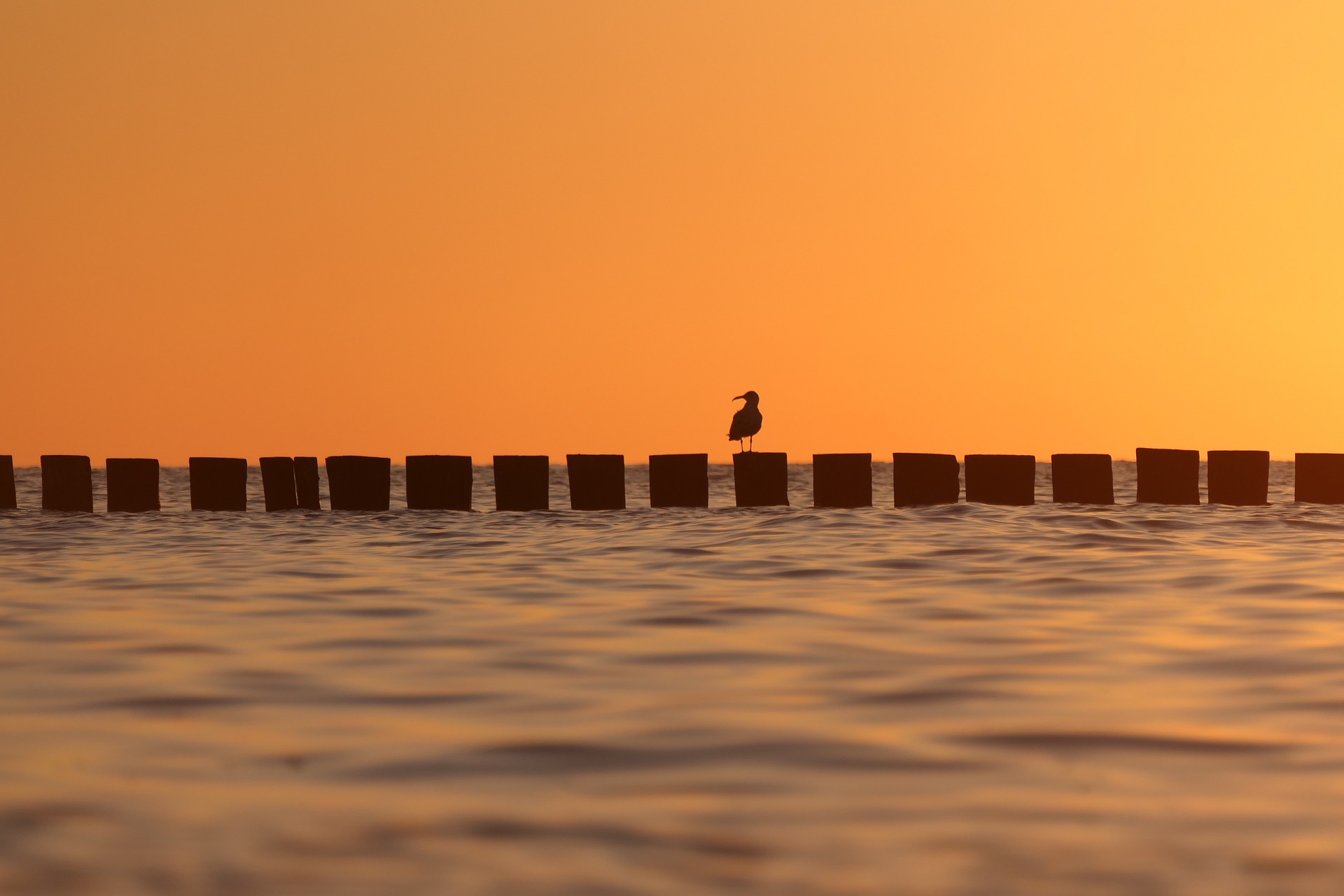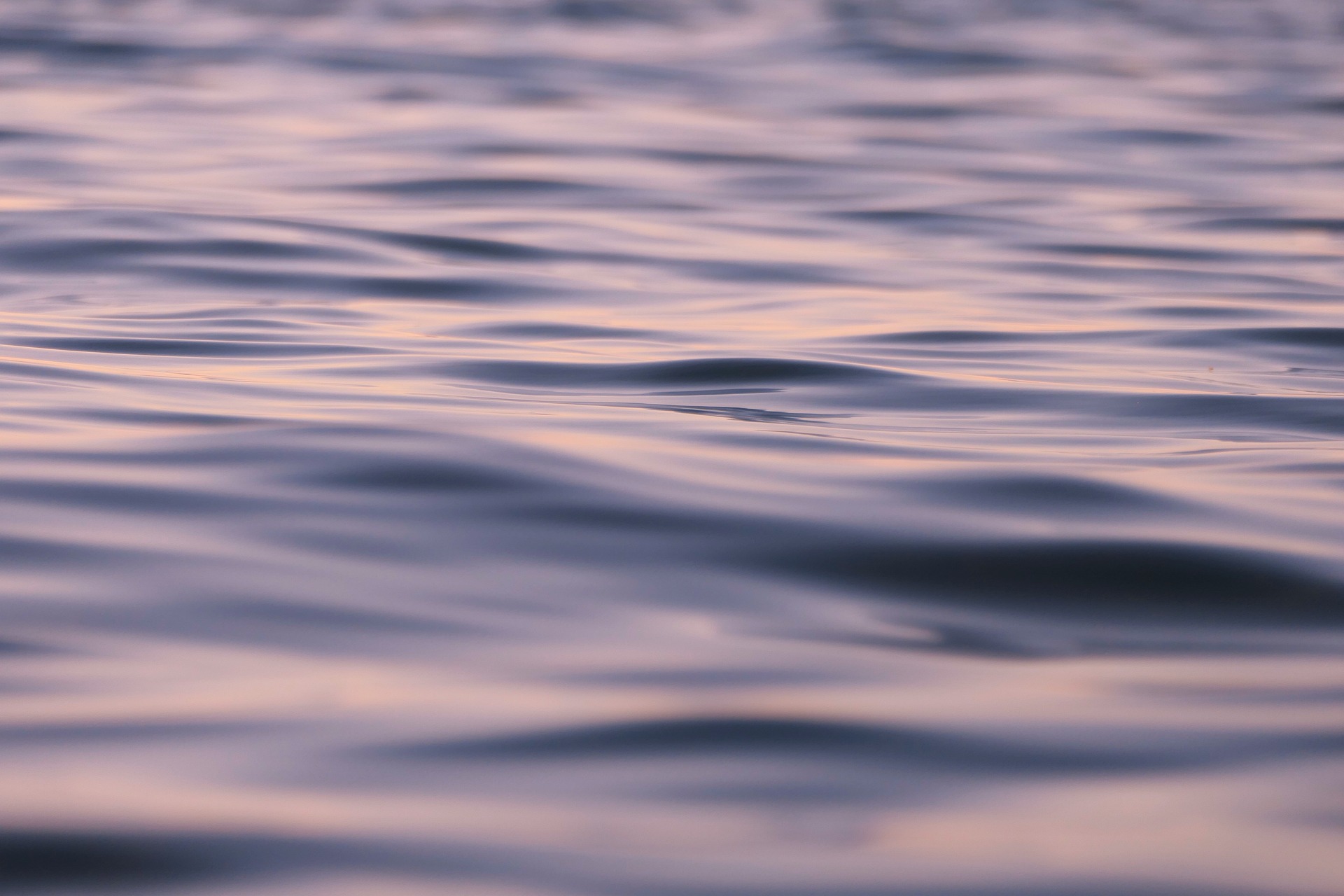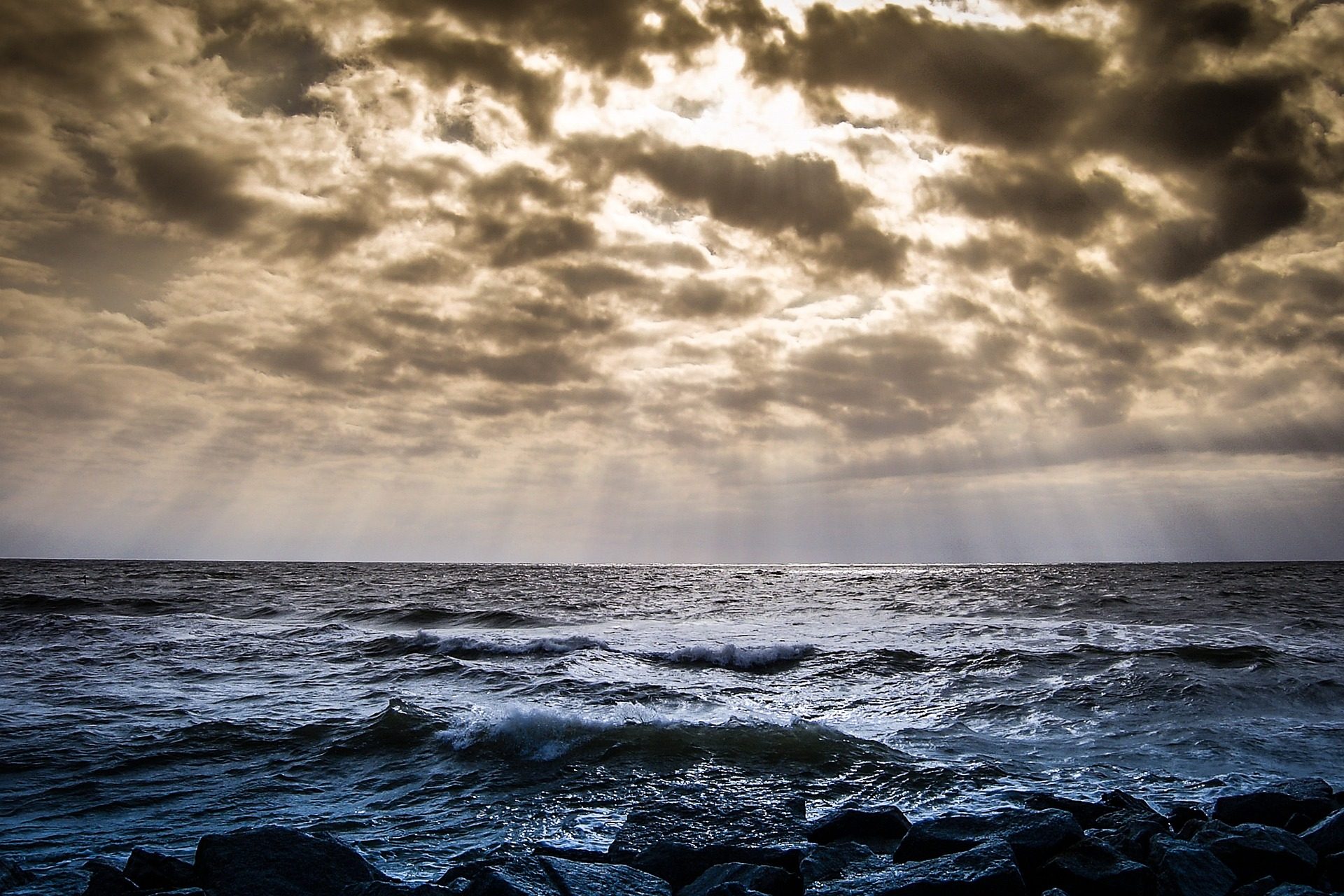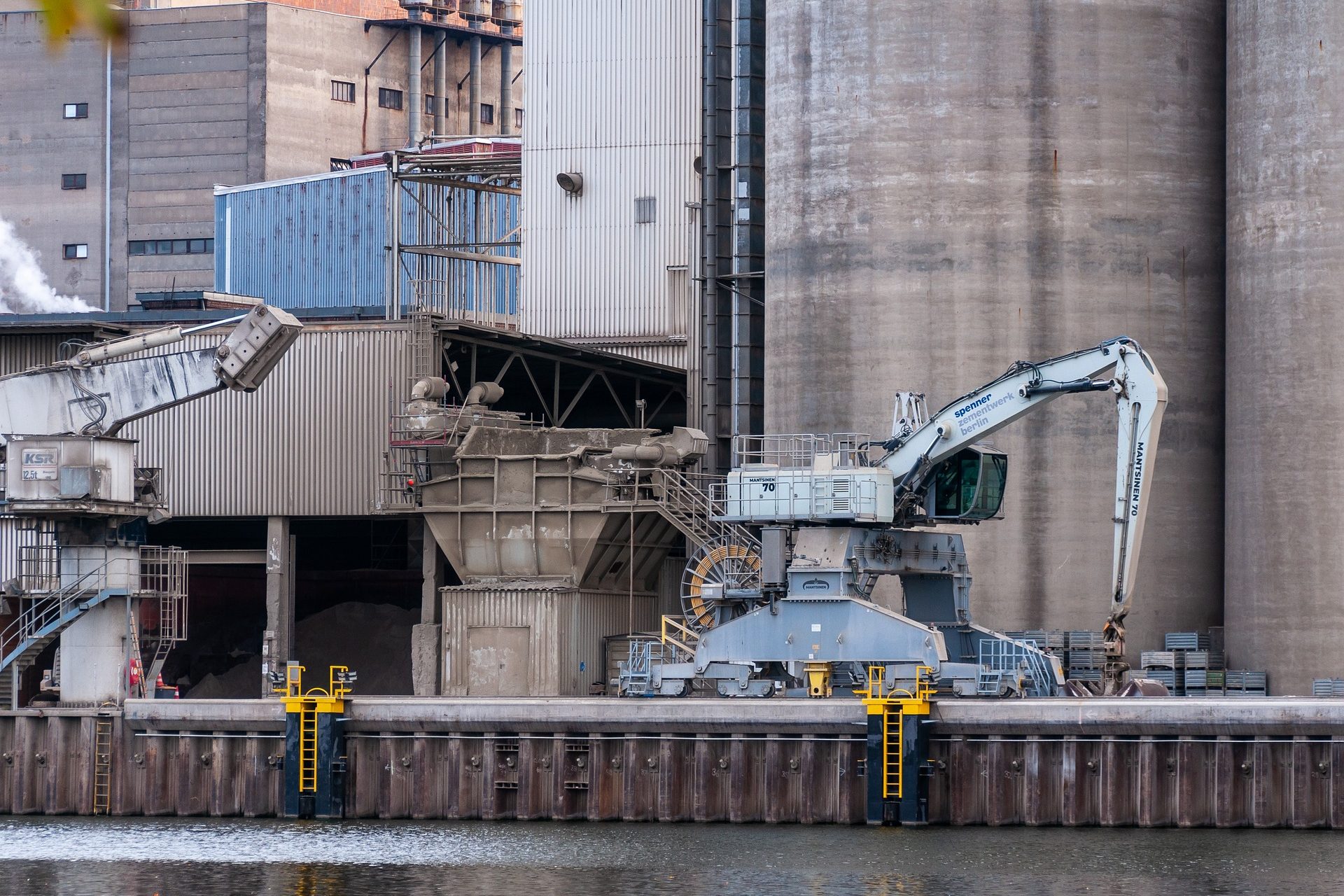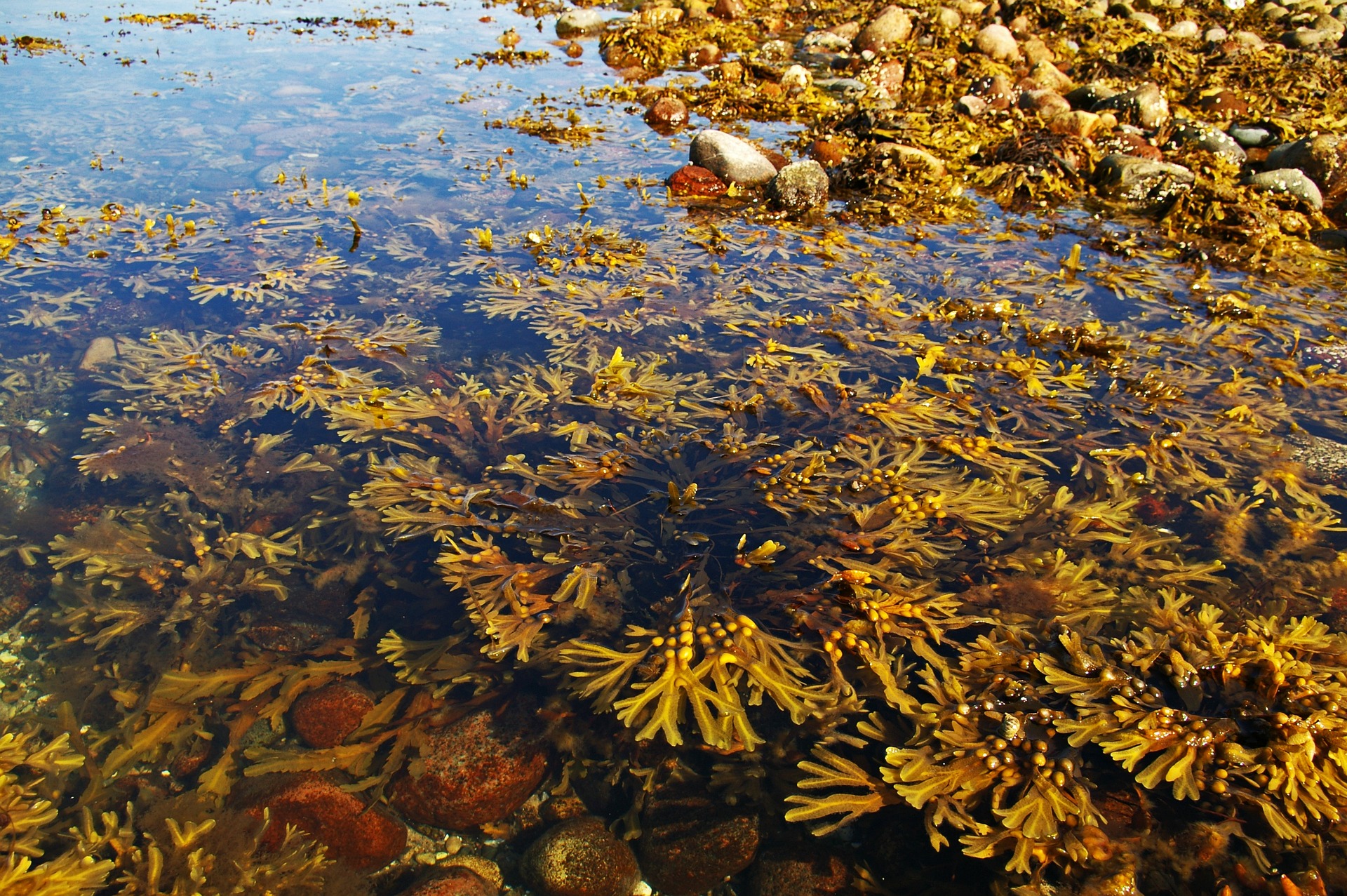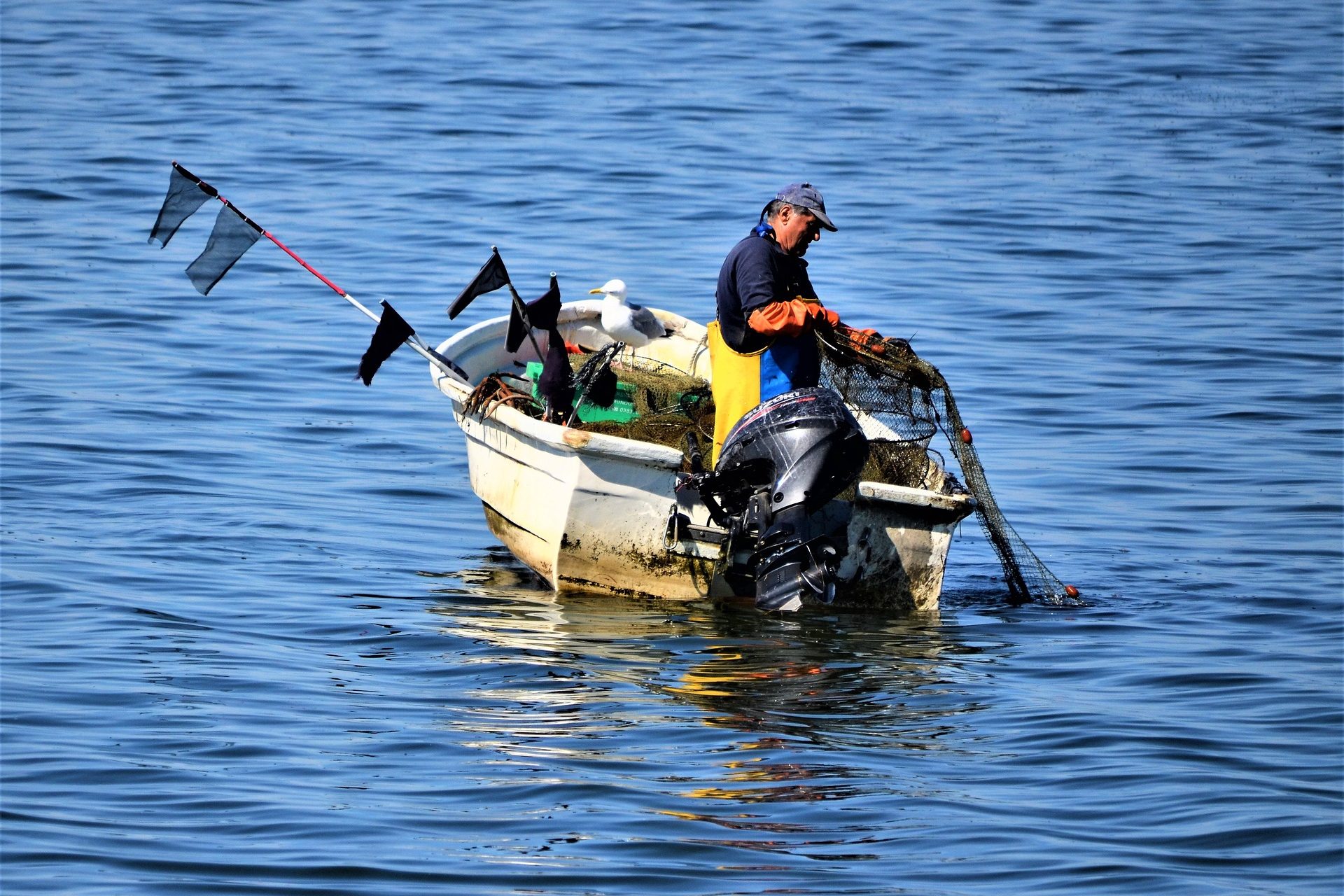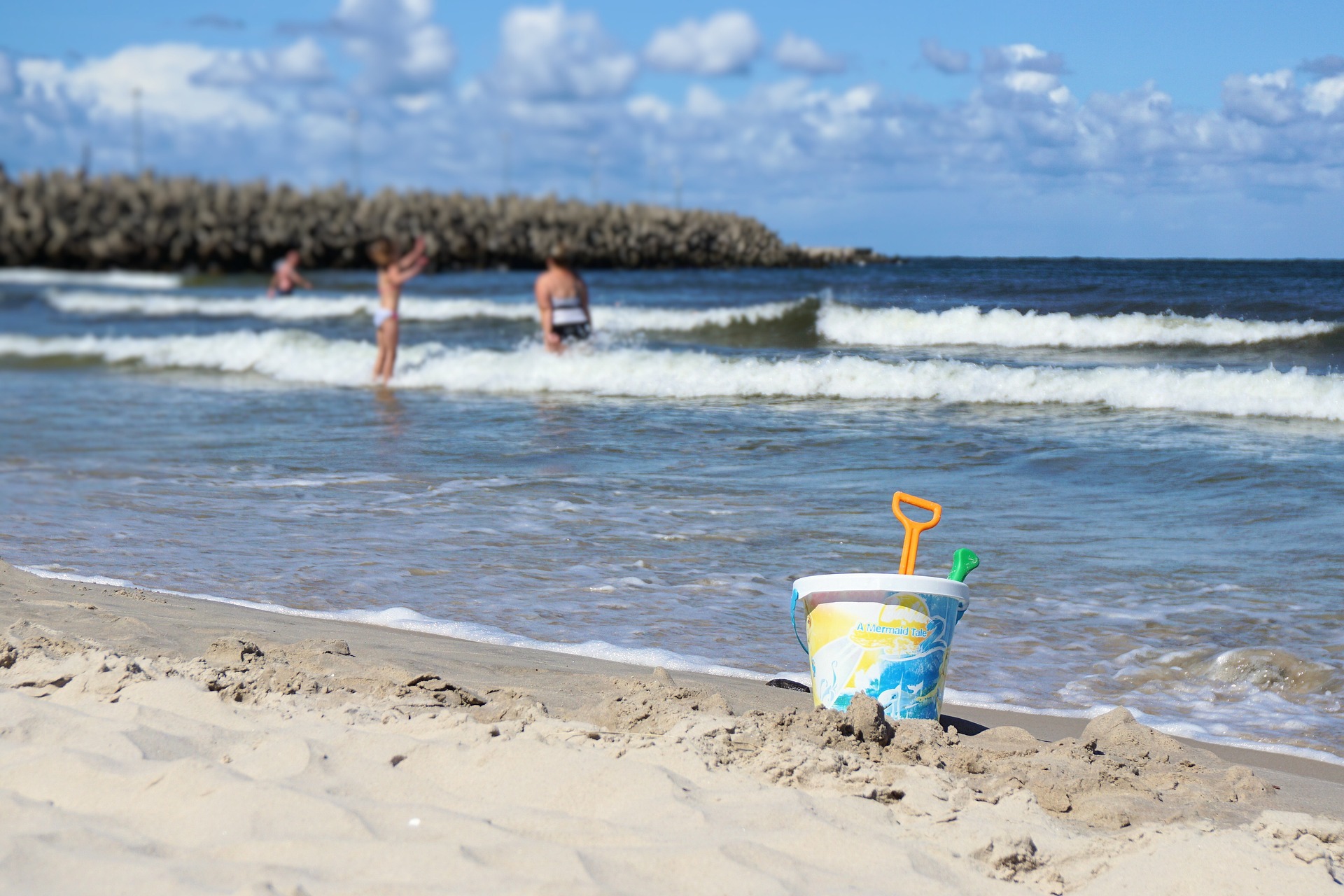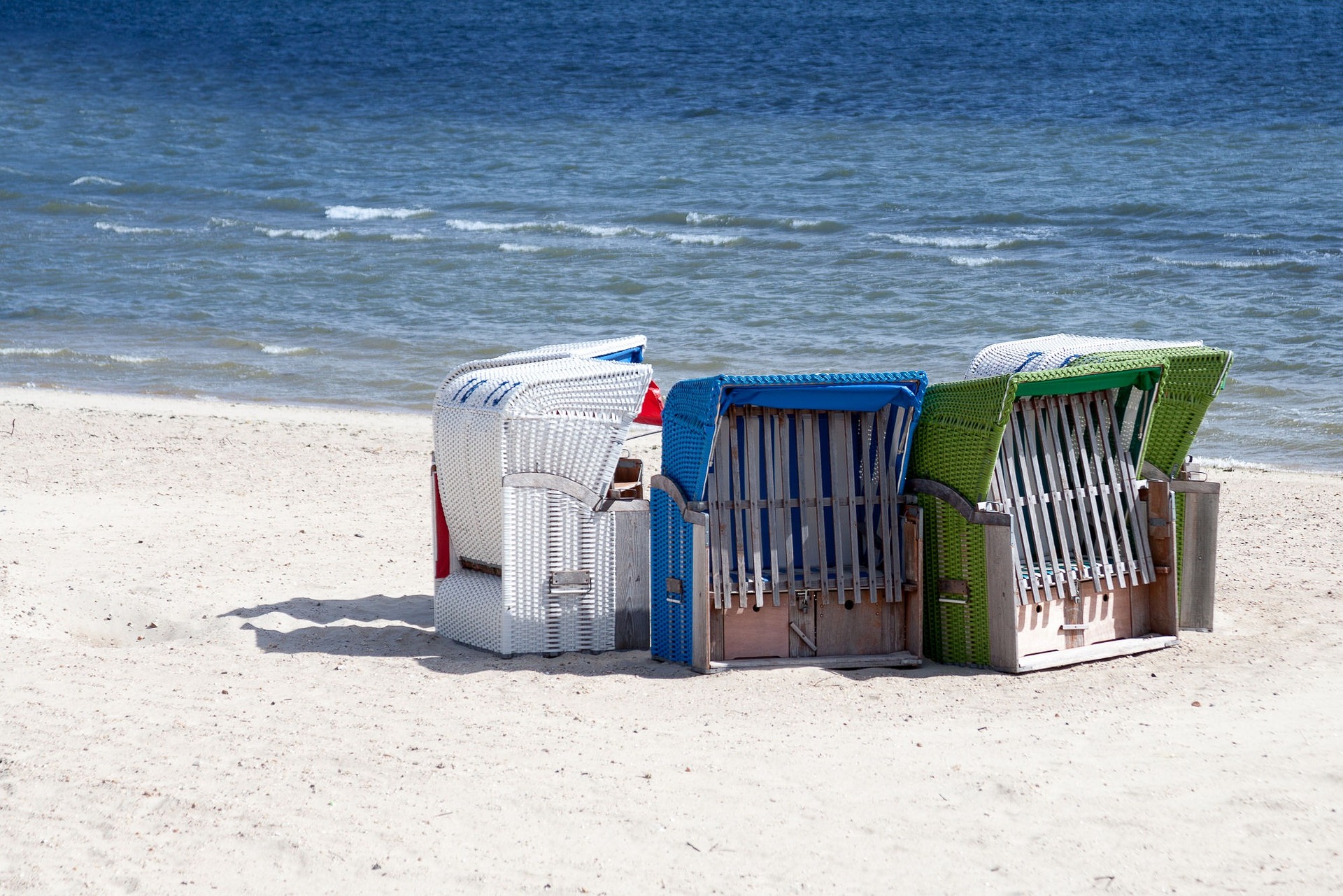Pollution in the Baltic Sea has become a big problem
Carefree bathing and the creatures in the Baltic Sea are in danger! As US researchers have now discovered, the inland sea is heavily contaminated with thallium. And the environmental protection of the neighboring countries is exacerbating the situation without knowing it...
The Baltic Sea is heavily contaminated with thallium - the most toxic metal known to life. The effects of contact with the metal range from symptoms of poisoning such as visual impairment to death, according to the Bild, a German newspaper.
Photo: Pixabay / Peggychoucair
As researchers from the American Woods Hole Oceanographic Institution (WHOI) have discovered through drilling into the Baltic Sea floor and analyzing the drill cores, the pollution in the Baltic Sea is the highest known in the world.
Photo: Pixabay / DominikRh
The thallium in the Baltic Sea comes from the wastewater of the cement and heavy industries, which, according to the Bild newspaper, flowed into the Baltic Sea via rivers for 80 years with virtually no filtering.
Photo: Pixabay / HansLinde
As long as the thallium is not directly on the ground surface, it is almost harmless. However, the environmental protection of the neighboring countries is leading to a catastrophe...
Photo: Pixabay / Kranich17
To renature "dead zones", i.e. zones with very low oxygen levels in water, countries such as Sweden, Denmark and Germany are releasing oxygen into the Baltic Sea.
Photo: Pixabay / Kranich17
In doing so, they want to counteract a frightening global trend: according to researchers, the number of dead zones in the world's oceans has almost doubled from 400 to 700 in the past ten years.
Photo: Pixabay / jarmoluk
Climate change, which also causes ocean water to warm, as well as industrial wastewater and fertilizers from agriculture that enter the oceans, contribute to the formation of dead zones.
Photo: Pixabay / wal_172619
Dead zones are characterized by carpets of algae that, after they die, are broken down by bacteria, consuming oxygen. This creates extremely oxygen-poor zones in which life is impossible for fish and other marine animals.
Photo: Pixabay / KRiemer
However, the oxygen that is added to the Baltic Sea for renaturation dissolves the thallium from the soil. The thallium ions are harmful if they come into contact with the skin and also accumulate in fish, which means they enter the human food chain, according to the Bild newspaper.
Photo: Pixabay / olleaugust
Therefore, the US researchers say: It is necessary to keep the oxygen content of the sea at the current low level, otherwise bathers and marine life will be threatened by the thallium!
Photo: Pixabay / webandi
As the Bild newspaper reports, over 6.4 million people come to the Baltic coast in Germany for vacation every year, making it vital to improve the conditions.
Photo: Pixabay / Rabenspiegel
More for you
Top Stories



